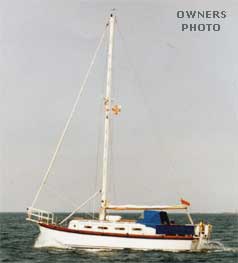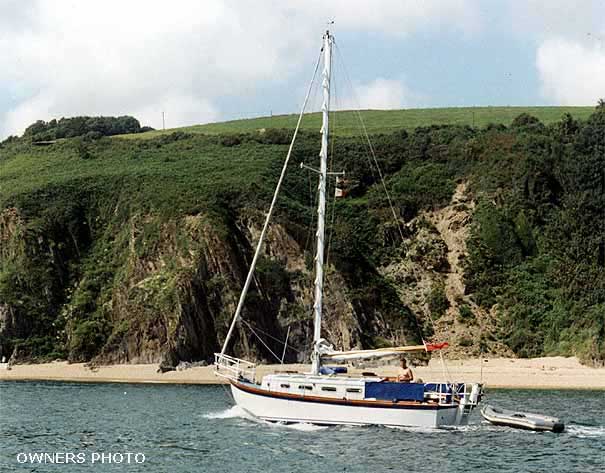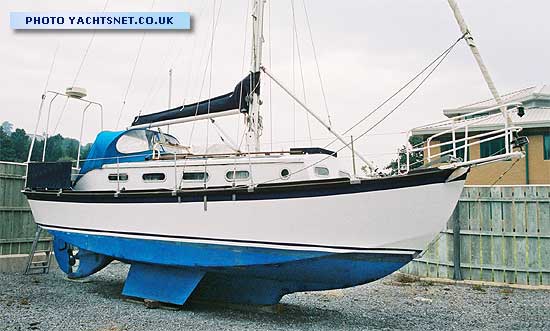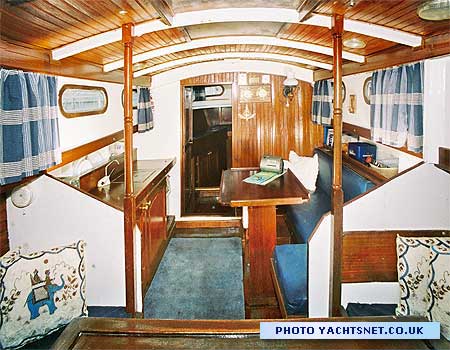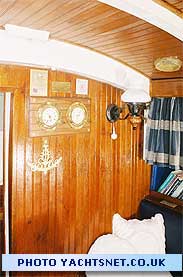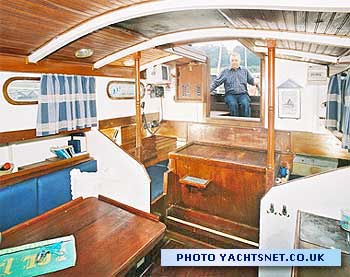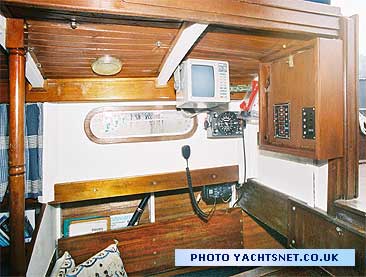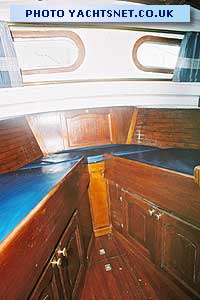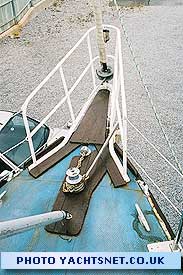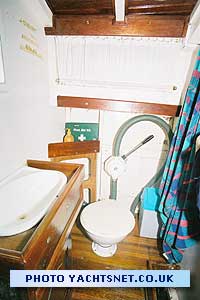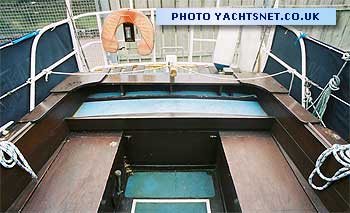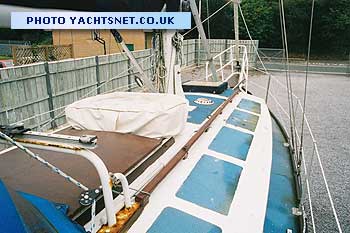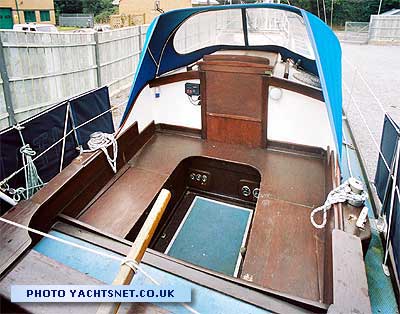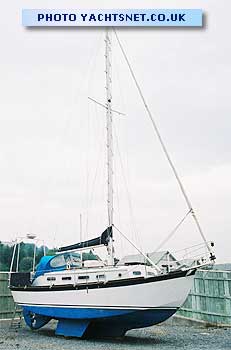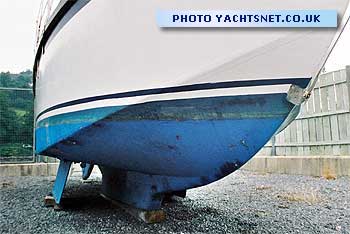| |
|
|
|
|
|
|
|
| © Yachtsnet Ltd. 2000/2025 |
|
|
|
|
|
|
Yachtsnet's
archive of boat details and pictures
|
| |
The following information and photographs are
displayed as a service to anyone researching yacht types. HOWEVER THE PHOTOGRAPHS AND TEXT ARE COVERED BY COPYRIGHT, AND MAY NOT BE REPRODUCED WITHOUT THE PERMISSION OF YACHTSNET LTD. Details and photographs
are normally based on one specific yacht, but could be a compilation.
No reliance should be placed on other yachts of the same class being
identical. Where common variations exist, we have endeavoured
to indicate this in these archive details. |
Waterwitch |
Brief details |
Builder |
various - some professionally built, many more home
built |
The Waterwitch is
a bigger version of the famous Maurice Griffith designed Eventide.
A solid cruising boat with shallow draught and the ability to take
the ground, she is designed for construction in marine ply on solid
timber frames. Many were Cascover sheathed when built, this giving
considerable extra protection to the ply |
LOA |
30' 0" on deck |
Sail area |
350 sq ft |
LWL |
26' 0" |
Rig |
Sloop |
Beam |
8' 10" |
Cabins |
2 |
Draught |
3' 6" |
Berths |
4 |
Displacement |
9,500 lbs |
Engine |
various |
Ballast |
3,300 lbs |
BHP |
20 - 40 |
Keel type |
Long iron keel plus twin bilge plates |
| |
The Waterwitch was designed in 1963 specifically
as a larger version of the very popular 24 foot 'Eventide' design
dating from 1958, one of the series of yacht plans sponsored by
and sold by the magazine "Yachting Monthly". Although
intended to be suitable for amateur construction, quite a few, including
the example illustated here, were yard-built. As with most of Maurice
Griffiths' designs, the Waterwitch is shallow draught, with a long
shallow iron ballast keel. A pair of steel bilge keels to allow
the boat to ground upright were an optional feature, and most boats
built were, as this one, fitted with these bilge keels, and are
thus 'triple keel'. Around 1,000 at least have been built, and many
have cruised extensively. Although originally intended for ply construction,
some have also been built in steel. |
|
|
